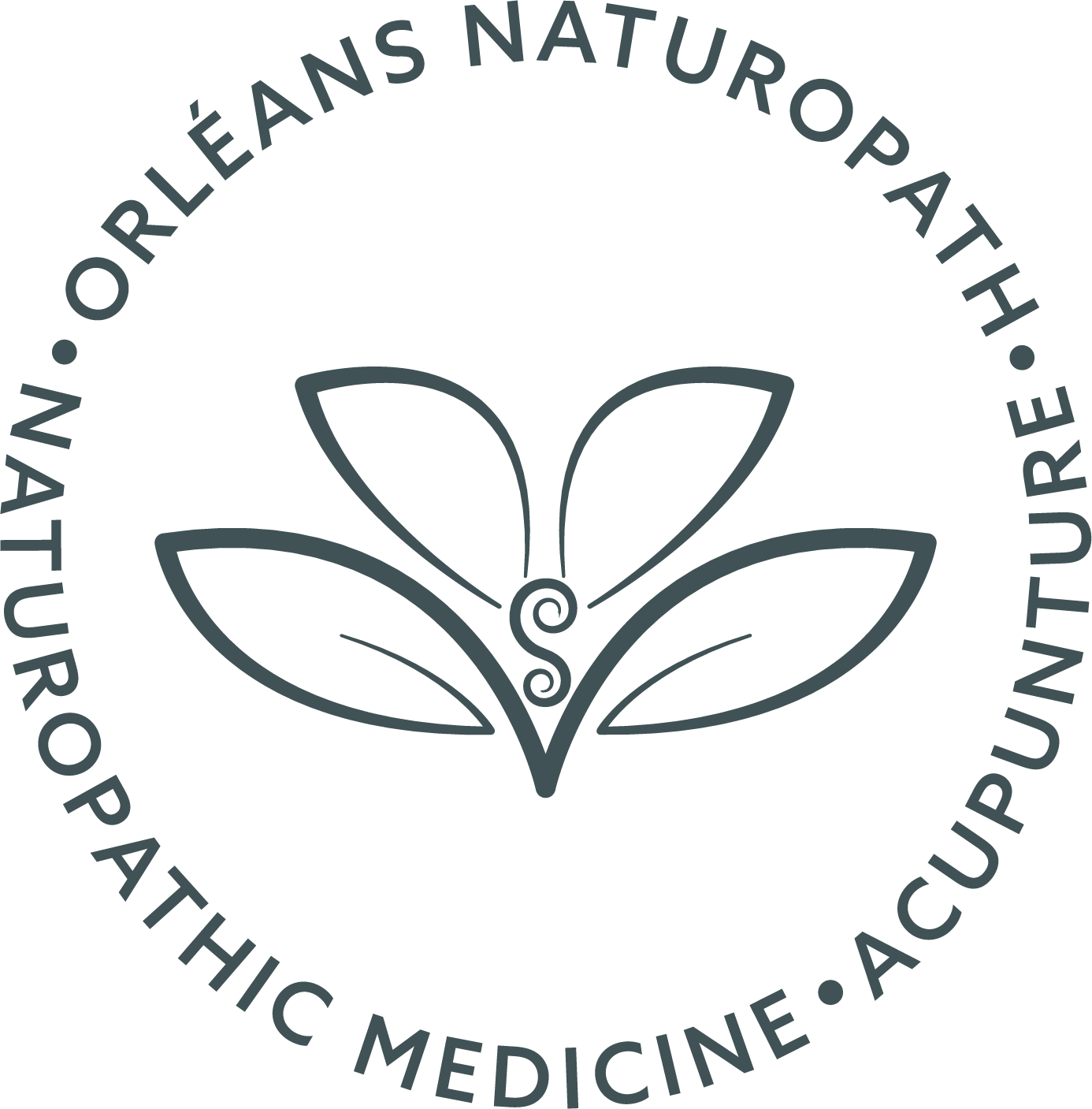
DR. DANIKA SICARD ND, MS.AC.
Kids get ARTHRITIS too
Did you know that kids get arthritis too? Many believe that arthritis happens only to older people. Let me tell you a little something about arthritis. There are two large groups of arthritis, Rheumatoid Arthritis and Osteoarthritis that people get confused with. Osteoarthritis is the type of arthritis that happens as we age or with wear and tear of the joints. Rheumatoid Arthritis is a condition whereby the immune system attacks its own joints, also known as an autoimmune disease.
The type of arthritis kids get is called Juvenile Arthritis, which is an autoimmune disease. It causes inflammation (swelling) of the synovium in children younger than 16 years old. The synovium is the tissue that lines the inside of the joints. This swelling can cause pain, limited range of motion and irreversible joint damage.
Cause
Researchers believe juvenile arthritis may be related to genetics, certain infections, and environmental triggers.
Symptoms
Symptoms may be hard to detect in very young children due to communication limitations. Symptoms may also vary depending on the child. The symptoms may include:
• Joint stiffness, especially in the morning
• Pain, swelling, and tenderness in the joints
• Limping (in younger children, it may appear that the child is not able to perform motor skills he or she recently learned)
• Persistent fevers
• Rash
• Weight Loss
• Fatigue
• Irritability
• Eye redness or eye pain
• Blurred vision
Diagnosis
How is juvenile arthritis diagnosed?
The child’s family doctor is likely to begin with a complete medical history and perform a complete medical exam as well as basic blood work. The family doctor may decide to refer the child to a Pediatric Rheumatologist for additional testing and care.
Testing may include:
• Lab tests on blood and urine
• X-rays
• Imaging tests such as Ultrasound or Magnetic Resonance Imaging (MRI) scans
• Bone marrow exam
• Antibody testing (Antinuclear antibody, Rheumatoid Factor and others)
• Bone scans to detect changes in bones and joints
• Joint fluid sampling and synovial tissue sampling, which might be performed by an orthopedic surgeon
Treatment
Treatments for juvenile arthritis generally include medications, exercise, physical therapy, diet and lifestyle modifications.
In general, treatment for juvenile arthritis has several main goals:
• To relieve pain
• To reduce swelling
• To increase joint mobility and strength
• To prevent joint damage and complications
— Danika Sicard ND, MS.Ac.
For more information about Juvenile Arthritis, you can visit the following websites:
• arthritis.ca/about-arthritis/arthritis-types-(a-z)/types/childhood-arthritis
• www.arthritis.org/about-arthritis/types/juvenile-arthritis/
